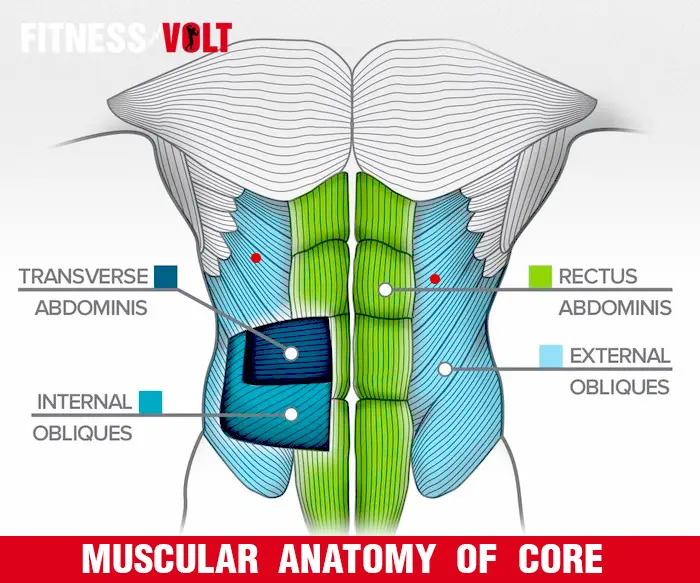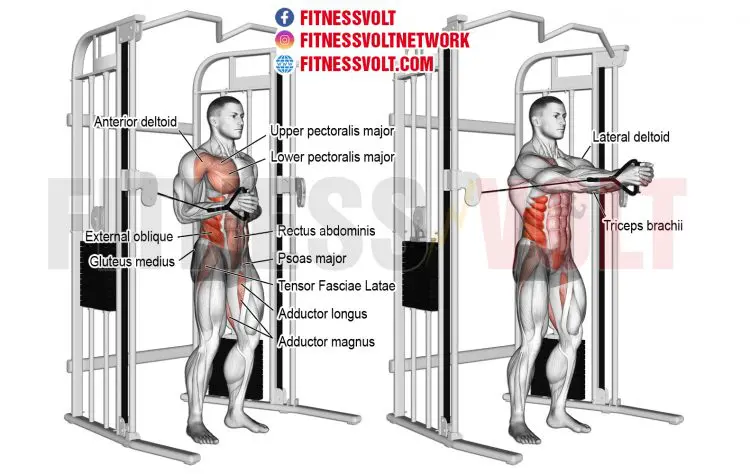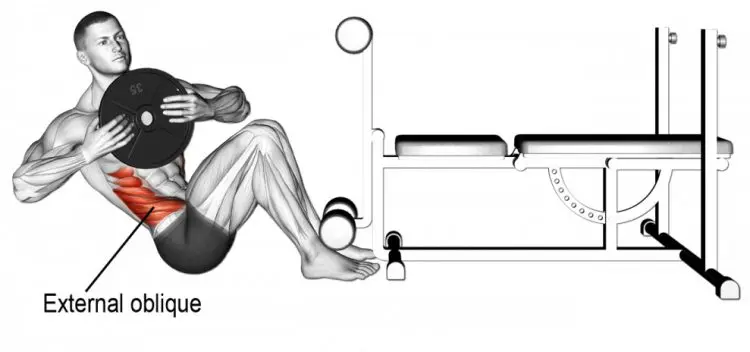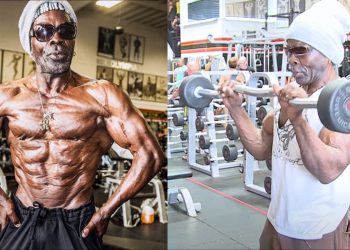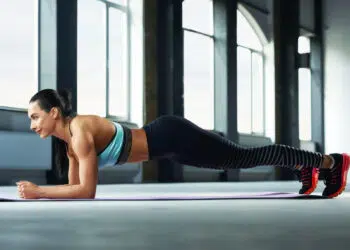Way back in 2006, a movie called 300 introduced the world to the legendary Spartans. Warriors without compare, the Spartans really existed and were the dominant military force in ancient Greece. Spartiate boys were raised to be professional soldiers, and, famously, the city of Sparta had no defensive walls because, they believed, their army was undefeatable.
The movie depicts a famous period in Spartan history where battle-king Leonidas and his 300 personal guards (plus a few thousand Athenians and Helot slaves) held back the Persian Empire’s enormous forces at the pass of Thermopylae, also known as the Hot Gates.
For 300, the actors playing the Spartans were sent on an intense boot camp designed to make them look every inch the warriors they were playing. Trainer Mark Twight used many intense training methods, including HIIT, weighted circuits, and interval training, to turn the actors into believable-looking warriors.
The subject of this guide, floor wipers, were one of Twight’s go-to core exercises.
Floor Wipers – Muscles Worked
The floor wiper is a core exercise that also works your upper body. The main muscles involved in floor wipers are:
Level Up Your Fitness: Join our 💪 strong community in Fitness Volt Newsletter. Get daily inspiration, expert-backed workouts, nutrition tips, the latest in strength sports, and the support you need to reach your goals. Subscribe for free!
Internal and external obliques – the obliques run diagonally across your abdomen and rotate and laterally flex your spine. The internal obliques lie beneath the external obliques. Both oblique muscles work together and are basically your waist muscles.
Rectus abdominis – this long, flat muscle runs from your sternum and lower ribs down to the bottom of your pelvis. Usually just called the abs for short, the primary function of your rectus abdominis is flexion of your spine, but it also works with your obliques in lateral flexion.
Transverse abdominis – where the rectus abdominis runs vertically up the front of your stomach, the transverse abdominis encircles it like a muscular weightlifting belt. Situated beneath the other muscles, the TVA contracts inward to stabilize your spine.
Serratus anterior – this muscle is so-called because, if you are lean enough to see it, it looks like the edge of a serrated blade. Located across your upper outer ribs, this muscle is responsible for keeping your shoulder blades flat against your back.
Iliacus, psoas major, and rectus femoris – these muscles flex your hips. While not abdominal muscles, the Iliacus, psoas major, and rectus femoris are very active during floor wipers. Iliacus and psoas major, collectively called iliopsoas, is also known as your hip flexors, while the rectus femoris is one of your quadriceps muscles.
Pectoralis major – floor wipers involve holding a barbell above your chest, as you would at the top of a bench press. As such, floor wipers also work your pectoralis major or pecs for short.
Triceps brachii – usually just known as your triceps, this muscle is located on the back of your upper arm and is responsible for elbow extension. With floor wipers, your triceps work to keep your elbows straight.
How to Do Floor Wipers
Get the most from this exercise while keeping your risk of injury to a minimum by following these steps:
- Lie on your back with your legs straight. Press and hold a barbell over your chest, just like you are doing floor presses. Mark Twight specified using 135lbs/60kg, but you should use a weight that’s challenging but safe. This could be an empty bar, or even a broomstick is necessary.
- Brace your core and raise your legs, touching your feet to the right side of your barbell.
- Lower your feet back to the floor and then raise your legs to the left.
- Continue lowering and raising your legs, alternating sides rep by rep, for the duration of your set, keeping your arms straight and vertical throughout.
Floor Wiper Benefits and Drawbacks
Floor wipers are a useful core exercise with several notable benefits:
Very challenging – if crunches, planks, and sit-ups are no longer very demanding, floor wipers could be the exercise you need to take your core development to another level. Even with light weights, this is a very tough exercise.
A comprehensive core exercise – floor wipers work virtually every muscle in your midsection, making it a time-efficient exercise. If you want to hit your core from all angles simultaneously, give floor wipers a try.
A functional core exercise – while there is nothing wrong with training your core muscles in isolation, that’s not how they work in nature. Your core almost always works with your arms and legs, such as when kicking, punching, or throwing. Floor wipers mirror these demands, making it a very functional core exercise.
While floor wipers are a mostly beneficial exercise, there are also a few drawbacks to consider:
Not suitable for beginners – make no mistake, floor wipers are a strenuous exercise, especially if you do them with the prescribed 135lbs. It requires not only strong core muscles but decent upper body strength too. Floor wipers are best left to intermediate and advanced exercisers.
Risk of dropping the weights – holding a barbell over your chest while you move your legs is a real test of balance and coordination, and it’s quite possible to lose control of the bar and drop it. As such, this exercise is best done with a spotter nearby or, at least, using full-sized bumper plates, so the bar is less likely to strike you if dropped.
Back pain and injury – done incorrectly, floor wipers can put a lot of strain on your lower back. If you don’t brace properly, you may find your lower back lifting and arching off the floor, leading to back pain or injury. Make sure you keep your TVA engaged to protect your lumbar spine.
Level Up Your Fitness: Join our 💪 strong community in Fitness Volt Newsletter. Get daily inspiration, expert-backed workouts, nutrition tips, the latest in strength sports, and the support you need to reach your goals. Subscribe for free!
7 Floor Wiper Variations and Alternatives
While floor wipers are undoubtedly an effective exercise, they aren’t suitable for everyone and will soon lose their potency if you do them too often. Avoid boredom and keep your workouts productive with these floor wiper variations and alternatives.
1. Cable oblique twists
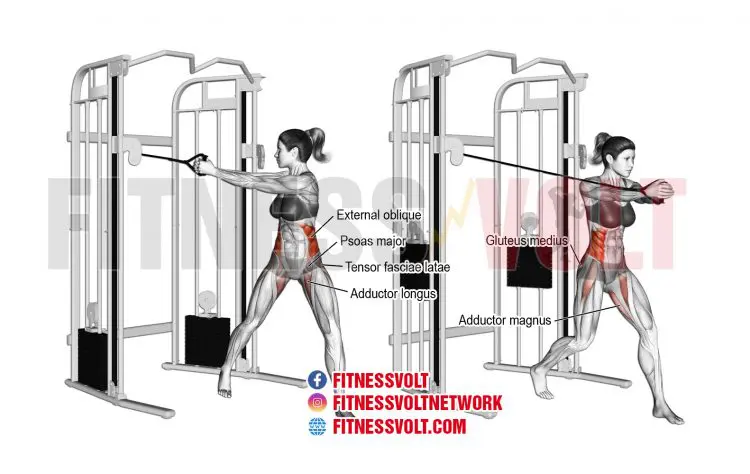
The cable oblique twist is a good place to start if you aren’t strong enough to do floor wipers. Using a cable machine, you can start with a light weight and increase it as you get stronger. Also, using a cable machine keeps the target muscles under constant tension.
No cable machine? You can also do this exercise using a resistance band.
Find out how to do cable oblique twists here.
2. Unweighted floor wipers
If 300-style weighted floor wipers are too advanced for you right now, or you don’t have a barbell, this is the variation for you. It works the same muscles, but you can do this movement anywhere and anytime.
How to do it:
- Lie on your back with your legs straight. Extend your arms out to the side to form a T-shape. Brace your abs and raise your legs so that they are vertical. Your knees should be straight.
- Keeping your upper body still, lower your legs down toward the floor, stopping with your feet a few inches above your outstretched hand.
- Raise your legs back to the center and then lower them to the opposite side.
- Continue alternating sides for the duration of your set.
- You can also do bodyweight floor wipers with your knees bent, which shortens the lever and makes this exercise considerably easier.
3. Pallof press
Like Floor wipers, Pallof presses integrate your core with your arms and legs. Invented and named after physical therapist John Pallof, the Pallof press builds core stability and is an excellent way to develop the strength necessary to do floor wipers. You can do this exercise using a cable machine or resistance bands, and it can be done standing, seated, or kneeling for variety.
Learn more about the Pallof press here.
4. Russian twist
Where floor wipers involve rotating your hips while keeping your upper body stationary, Russian twists require the opposite; your legs stay still as you twist your upper body. This exercise can be done with or without weights as preferred.
How to do it:
- Sit on the floor with your legs bent, feet on the floor. Sit up so your upper body is inclined to about 45 degrees. Restrain your feet if you keep rolling backward.
- Extend your arms out in front of you. Hold a medicine ball or weight in your hands if required.
- Rotate your upper body to the right and then to the left without lifting or lowering your torso. Move slowly and smoothly to keep the tension on your abs. Rotate your upper body as far as your flexibility allows.
- You can also do this exercise with your feet raised to make it more difficult.
5. Cross body mountain climber
Cross body mountain climbers are not just a good oblique and abs exercise, but they’re also useful for things like HIIT and circuit training, as they elevate your heart and breathing rate too. Best of all, you don’t need any equipment to do this exercise, so they’re perfect for home workouts.
How to do it:
- Squat down and place your hands on the floor about shoulder-width apart and fingers pointing forward. Walk your feet back and into the push-up position, abs braced and body straight.
- Bend one leg and bring your left knee in to touch your right elbow while keeping the rest of your body as still as possible.
- Return to starting position and repeat with the right leg/left elbow
- Continue for the prescribed number of reps, making sure you move fairly slowly to keep your muscles under constant tension.
6. Hanging hurdle
This bodyweight oblique and abs exercise is surprisingly challenging. It’s also an excellent way to develop your grip as it involves doing a dead hang. Make this exercise harder by using a higher hurdle.
How to do it:
- Place an exercise bench, plyo box, or hurdle below a pull-up bar. Hang with your arms straight, shoulders pulled down and back, and core braced.
- Without bending your arms or knees, lift your legs forward and over your chosen obstacle.
- Lower your legs and then repeat to the opposite side.
- Do not swing your legs up and over. Instead, move slowly to keep tension on the target muscles.
- Continue for the desired number of reps.
- You can also do this exercise using a captain’s chair, taking stress off your arms.
7. Hanging windshield wipers
If you’ve mastered floor wipers and are ready for a new challenge, give this exercise a try. Like floor wipers, it works all of your core, but you’ll have to work a lot harder to keep your legs up as you’ll be hanging from a pull-up bar. This is a very advanced core exercise.
How to do it:
- Hang from a pull-up bar with an overhand, shoulder-width grip. Brace your abs, and pull your shoulders down and back.
- Keeping your legs straight, lift your feet up to the bar.
- Without dropping or bending your legs, rotate your hips and lower your feet down to the left. Go as far as your flexibility allows; ideally, roughly parallel to the floor.
- Return to the center and then lower your feet to the right.
- Continue alternating sides for as many reps as possible.
- You can also do this exercise with bent knees, shortening the lever and making it a little easier.
Floor Wipers – Wrapping Up
The actors in the 300 movie trained hard to look like Spartan warriors. Many of them were very out of shape at the start of their boot camp. But, under the guidance of trainer Mark Twight, they gradually transformed into lean and muscular Spartiate soldiers, or, at least, they looked the part.
Floor wipers were not the only exercise Twight used to sculpt the actor’s midsections, but it was one they all learned to dread. It’s far from easy, but that’s precisely why it works! The actors worked up to doing 50 non-stop reps of floor wipers, and that’s quite a feat of strength.
If you want to develop abs that a Spartan would be proud of, add floor wipers to your core workouts.
Interested in measuring your progress? Check out our strength standards for Bench Press, Floor Press, Sit Ups, and more.


